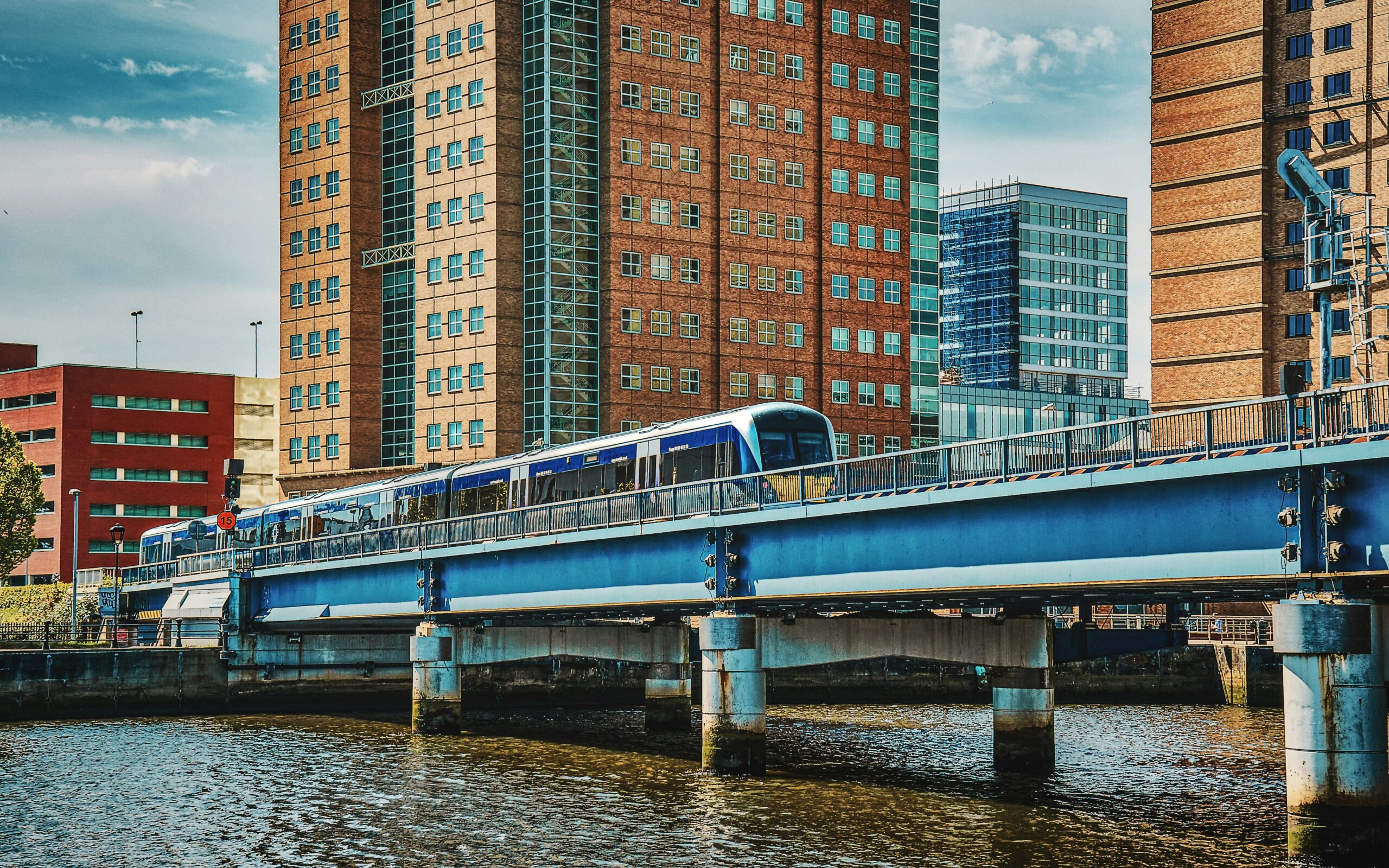Rising sea levels ‘a risk’ to NI rail network
Climate change could severely disrupt key stretches of Northern Ireland’s rail network, a Translink report has found.
The report focuses on the impact of rising sea levels on the rail network and warns that by 2040 a number of locations are at high risk. It was commissioned by Translink and completed in December last year by transport consultants Aecom. A Translink spokeswoman said the report forms part of an “overall risk assessment of railway assets”.
The report found that by 2040, seven locations including on Londonderry and Larne lines are at high risk of rising seas. A further four are also deemed to be at medium risk within the next 16 years.
It further projects the impact of rising sea levels in 2060, 2080 and found that by the year 2100, the number of high risk locations could rise to 13. The most severely impacted lines are in Derry and Larne, with high risk locations identified by 2100 including Larne, Derry, Castlerock, the Bann estuary, Glynn and Ballycarry.
Translink said that the report will be used to contribute to a climate resilience strategy. It will also inform a “programme of works going forward to ensure the railway network remains protected against medium and long-term impacts” the Translink spokesperson said.
A spokesperson from the Department for Infrastructure said the report forms part of the overall risk assessment of railway assets and “will be used to contribute to a climate resilience strategy to protect the railway network.”

Photo by K. Mitch Hodge on Unsplash




